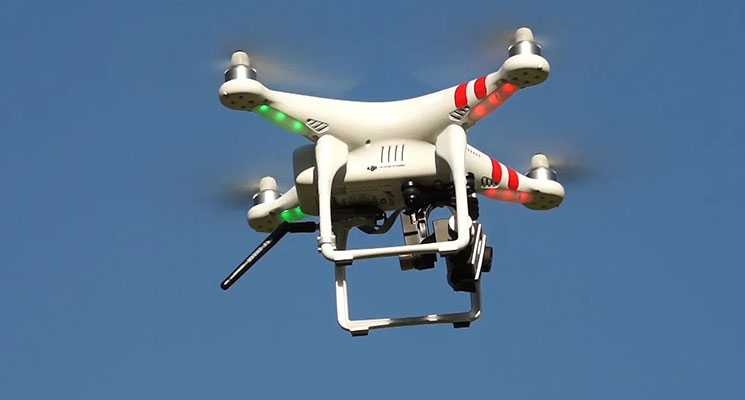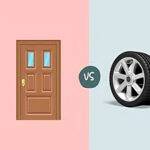Drone crashes are common. Therefore, it doesn’t matter if you’re a new or experienced drone operator. There are numerous causes of drone crashes as well as fixes for them.
You can fix your drone and go back in the air in a few hours using basic techniques. However, you might still need to go to a repair shop for significant problems.
Parts of Drone
Before going into how to fix a drone, let’s take a quick look at some of the primary components and their functions.
1. Motor
One of the most critical components of a drone is its motor. The most popular drones are quadcopters, which contain four motors, one for each propeller. These four propellers alternate between clockwise and anticlockwise rotations. They take this action to offer stability.
2. Propellers
Propellers are blade-like objects that rotate quickly to provide lift and maintain the drone’s altitude. Additionally, they revolve in different directions, precisely like the motors.
3. GPS Module
This GPS device can communicate with both GPS and GLONASS satellites in orbit. This positioning mechanism is used by drones to determine where they are on the planet and to keep their flight stable.
A lost drone can be located using GPS, as can a drone that needs to plot a flight path with waypoints for mapping purposes.
4. Flight Controller
Consider the flight controller to be the drone’s brain. It gathers data from the sensors, GPS module, and other drone parts and transmits it to the ESC (Electronic Speed Controller), which regulates the motor speeds.
5. Electronic Speed Controller
This component regulates the motor’s speed in response to commands from the drone’s flight controller.
6. Batteries
These serve as the drone’s power supply. Due to their ability to avoid overcharging, they are often called intelligent batteries. You can fly the drone back home because the controller or app can display the drone’s battery level. However, if the drone’s battery runs out while in flight, it might have to land or even crash.
7. Antennae
These are the tools that allow the drone and controller to exchange messages back and forth. In DJI drones, drones can communicate by Bluetooth, Wi-Fi.
8. Gimbal
Although not all drones will have one, the mechanism steadies the camera while in flight. When in flight, drones aren’t always still. These movements could be described as shaking, turning, or tilting.
How to do Basic Drone Maintenance
In this instance, prevention is preferable to treatment or repair services. So let’s cover some maintenance procedures you should always perform before flying your drone.
Inspection
Before taking the drone for a flight, check every component. Look for cracked or loose fittings, bloated batteries, debris, or fissures.
Cleaning
You should clean your drone if the hull or sensors have gathered dirt. You can think of a landing pad to keep the dirt from piling up too much.
Firmware Updates
Drones require a firmware update, like your phone, laptop, or any other electronic device. While the rotors and props are the physical components of the craft, the firmware ensures that everything functions as it should and enables automation and communication.
How to Repair Drone
The issues listed below are some that you can probably solve on your own.
Fixing Propellers
It is advisable to replace the propellers if you find any chips, cracks, or minor bends. A small crack or bend could affect have an impact on how the drone operates in general.
Watch the propellers rotate by positioning the drone on a level surface. Some are bent if they appear to be slanted. A minor bend can be readily straightened. The propellers can be changed, though, if it’s too noticeable.
Fixing Motors
When you turn on your drone and notice one of the propellers is not spinning, one of the motors is probably broken.
- Start by taking off the drone’s batteries, camera, landing gears, and any other accessories.
- Remove the screws to reveal the drone’s interior. Screwdrivers in various sizes are all that are required.
- Reattaching the battery will allow you to determine if the problem is with the controller or the motor. A voltmeter is also required to check the voltage.
- Test the propellers after turning on the drone. The controller is functioning correctly if the voltmeter detects some voltage flowing from the controller toward the wires of the motor.
- You can use a soldering gun to connect the disconnected wires to the controller.
Depending on the drone model or kind, replacing the motor may differ.
Conclusion
Every time the motors break down or the propellers bend, you don’t need to run to a repair shop. You can fix these simple drone issues on your own. However, your best options for significant damages are local repair services or shipping the drone back to the manufacturer.









